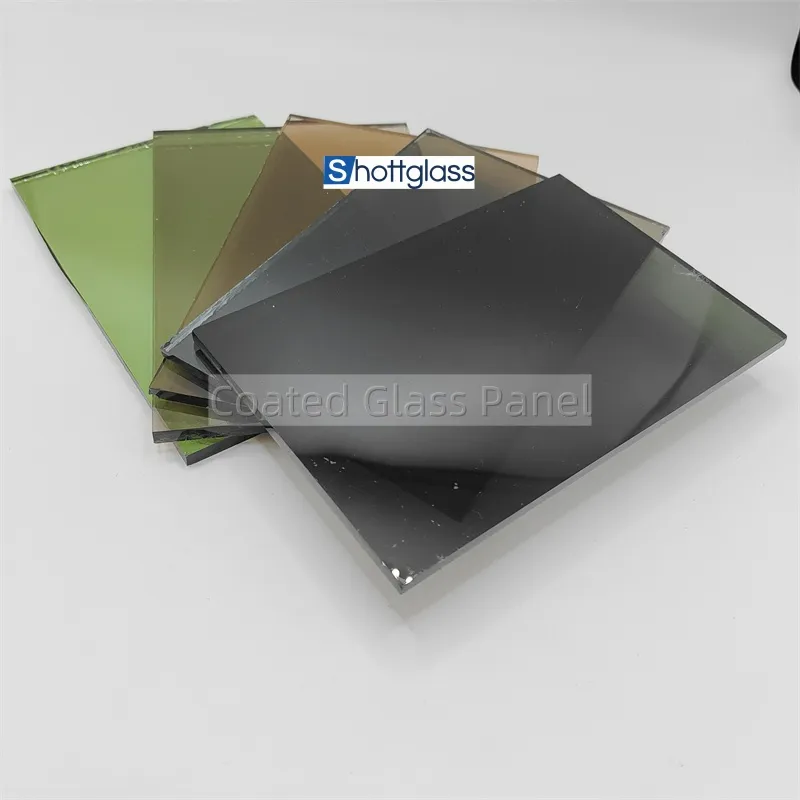Dec . 01, 2024 19:21 Back to list
Durable and Stylish Tempered Clear Glass for Modern Applications and Designs
The Beauty and Functionality of Tempered Clear Glass
Tempered clear glass, renowned for its strength and versatility, has become a staple in various applications, ranging from residential interiors to commercial constructions. This type of glass undergoes a meticulous manufacturing process that enhances its physical properties, making it suitable for use in scenarios where safety and durability are paramount. In this article, we will delve into the characteristics, benefits, uses, and the manufacturing process of tempered clear glass.
Characteristics of Tempered Clear Glass
Tempered clear glass is distinguished by its enhanced strength compared to regular glass. The tempering process subjects the glass to extreme heat, typically around 620 to 660 degrees Celsius, followed by rapid cooling. This thermal treatment alters the internal structure of the glass, creating a compressive stress layer on its surface. As a result, tempered glass is about five to six times stronger than standard glass of the same thickness.
Another defining characteristic of tempered clear glass is its safety feature; when broken, it shatters into small, blunt pieces instead of sharp shards. This makes tempered glass an ideal choice for areas where safety is a concern, such as shower doors, glass railings, and storefronts.
Benefits of Tempered Clear Glass
The benefits of tempered clear glass extend beyond its inherent strength and safety features. One of the most significant advantages is its ability to withstand extreme temperatures and thermal stress. This property makes it suitable for applications exposed to fluctuating temperatures, such as in appliances like oven doors or glass enclosures.
Furthermore, tempered clear glass is aesthetically pleasing. Its clarity and transparency allow for natural light to penetrate spaces, creating an open and inviting atmosphere. It can be used in various decorative ways, such as in glass walls, skylights, and cabinetry, enhancing the visual appeal of residential and commercial spaces alike.
Another significant benefit is the energy efficiency that tempered glass can provide. Many modern buildings utilize insulated tempered glass units that not only protect against environmental elements but also contribute to overall energy savings. By minimizing heat transfer, tempered glass helps maintain indoor temperatures, reducing reliance on heating and cooling systems.
tempered clear glass

Applications of Tempered Clear Glass
The applications of tempered clear glass are vast and varied. In residential settings, it is commonly used in shower doors, tabletops, stair railings, and windows. Its ability to provide safety along with aesthetic appeal makes it a popular choice for homeowners looking to enhance their living spaces.
In commercial construction, tempered clear glass is widely used in facades, storefronts, and office partitions. Skyscrapers often utilize large tempered glass panels to create a sleek look while meeting safety regulations. Additionally, glass elevators, indoor partitions, and balustrades benefit from the strength of tempered glass, allowing for a modern, open design.
Tempered clear glass is also utilized in automotive manufacturing. Windshields and side windows typically use tempered glass to enhance durability and passenger safety in the event of an accident. This application highlights the effectiveness of tempered glass in protecting lives and property.
The Manufacturing Process of Tempered Clear Glass
The manufacturing process of tempered clear glass involves several stages. Initially, raw glass is cut to the desired size and shape. Following this, it is heated to the necessary temperature in a tempering furnace, where it is held for a specific period to ensure uniform heating. After reaching the peak temperature, the glass is rapidly cooled using air jets, which solidifies the glass and induces the compressive stresses that give it strength.
Quality control is a crucial element in the production of tempered clear glass. Each piece is inspected for defects and tested to ensure it meets safety and performance standards. The careful manufacturing process ensures that tempered clear glass not only looks beautiful but also performs reliably in various applications.
Conclusion
In summary, tempered clear glass represents the perfect blend of functionality, safety, and aesthetic appeal. Its numerous benefits make it an indispensable element in modern construction and design. Whether you are considering it for your home or business, understanding the advantages and applications of tempered clear glass can help you make an informed decision, ensuring that your space remains both stylish and safe. As developments in glass technology continue, tempered clear glass will undoubtedly remain a favored choice for architects, designers, and homeowners alike.
-
Safety and Style with Premium Laminated Glass Solutions
NewsJun.24,2025
-
Reinvents Security with Premium Wired Glass
NewsJun.24,2025
-
Premium Float Glass Line for Modern Architecture
NewsJun.24,2025
-
Low Emissivity Glass for Energy-Efficient Architecture
NewsJun.24,2025
-
High-Performance Insulated Glass Solutions for Modern Architecture
NewsJun.24,2025
-
Elevates Interior Style with Premium Silver Mirror
NewsJun.24,2025
Related PRODUCTS














